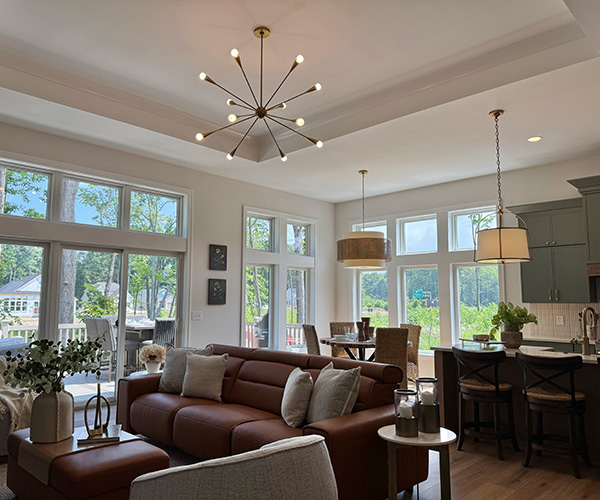Decorating your Christmas tree isn’t the only sprucing up your evergreens will need. Pines, spruces, hemlocks and other types of evergreen trees need to be watched and maintained more than you might think. “Healthy, vigorous trees are more likely to be able to withstand environmental stress and pest stress,” says Brad McBride, an arborist at the Davey Tree Expert Co. “Most people purchase evergreens and plant them in their yards, so we want to make sure that you are taking care of them and that investment.” He shares his top tips with us.
Color Change
Evergreens will naturally shed their needles, which means you’ll have some brown needles close to the center of the tree. But if the browning contin- ues to the outside or on entire branches, your tree might need some attention. “Some people think any browning is bad, but that’s not the case,” says McBride. “Your trees are constantly growing and changing and adapting.”
Bug Check
Evergreens attract different bugs and diseases that can be hard to spot if you don’t know what to look for. Disease can change your trees’ colors or
even leave tiny holes along the trunk of the tree. “Look for sawdust on the ground under the tree,” suggests McBride. “You can also look for holes in the trunk or large cankers that have a white sap coming out of them. Those are all signs of common infestations and infections.”
Time Heals
If you’ve treated your trees for pests or disease, it might take some time for them to get back to being fully green and healthy. Something simple like sun scald or dehydration could only take a season to heal, but recovery from an infestation could take longer. “Every tree is different,” says McBride. “It can depend on how long it was infested, what kind of treatment is used, among other things, to determine a timeline.”
Wax On
Protect your trees from dehydration during the winter months with an anti-desiccant spray. “It’s a waxy coating you spray on them so they don’t lose so much water,” says McBride. “It helps them deal with the stress of winter.” Just make sure the temperature is between 40 and 50 degrees and that there’s no chance of rain in the first 24 hours after treatment.




